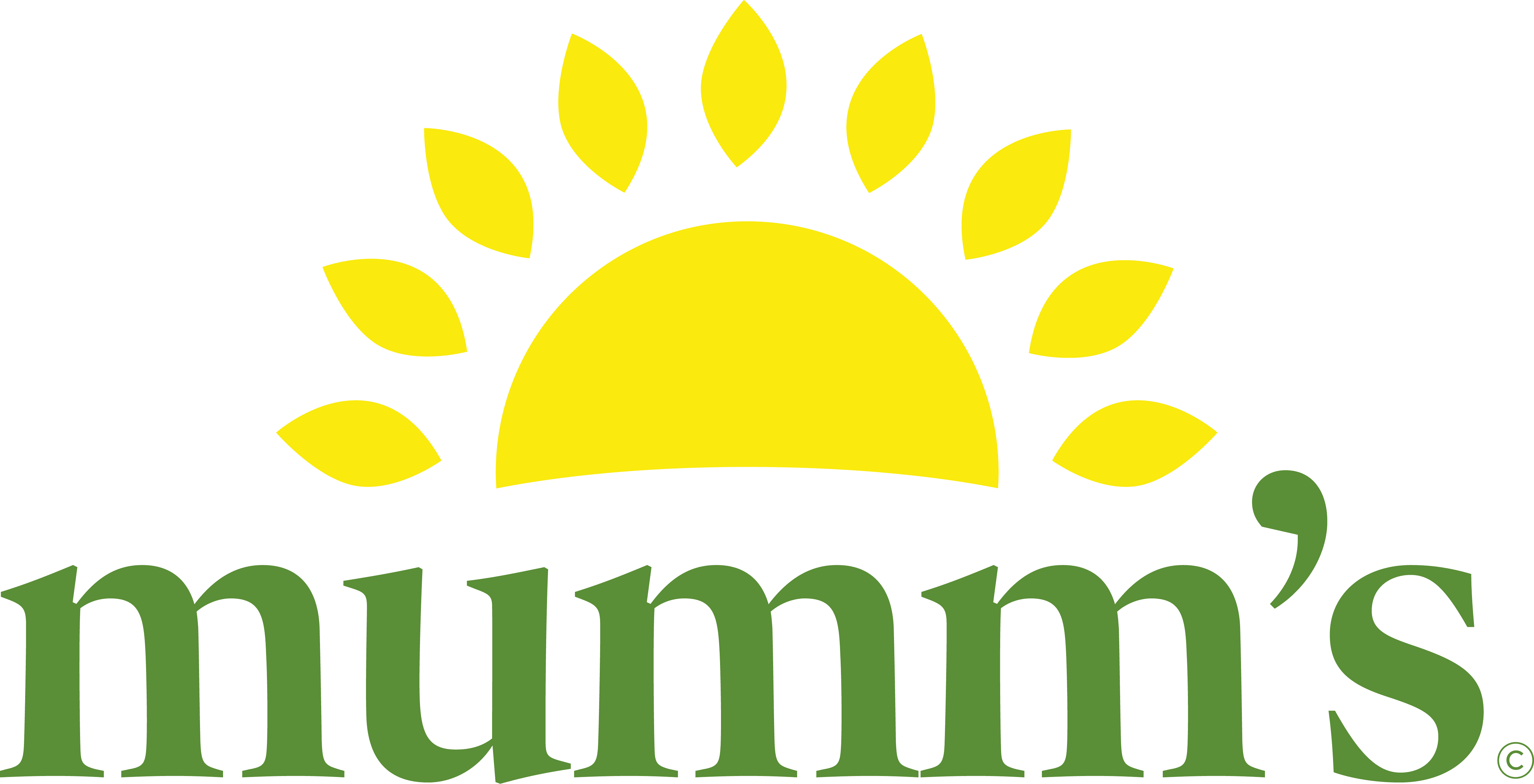Clover Sprouts
“Phytoestrogens are naturally occurring plant-derived phytochemicals, whose common biological roles are to protect plants from stress or to act as part of a plant’s defense mechanism. Although composed of a wide group of nonsteroidal compounds of diverse structure, phytoestrogens have been shown to bind estrogen receptors and to behave as weak agonist/antagonist in both animals and humans. Phytoestrogens include mainly isoflavones (IF), coumestans, and lignans. These compounds are known to be present in fruits, vegetables, and whole grains commonly consumed by humans. IF are found in legumes–mainly soybeans–whereas flaxseed is a major source of lignans, and coumestans are significantly present in clover, alfalfa, and soybean sprouts. 8-Prenyl flavonoids are common in vegetables. Bioavailability of IF requires an initial hydrolysis of the sugar moiety by intestinal beta-glucosidases to allow the following uptake by enterocytes and the flow through the peripheral circulation. Following absorption, IF are then reconjugated mainly to glucuronic acid and to a lesser degree to sulphuric acid. Gut metabolism seems key to the determination of the potency of action. Several epidemiological studies correlated high dose consumptions of soy IF with multiple beneficial effects on breast and prostate cancers, menopausal symptoms, osteoporosis, atherosclerosis and stroke, and neurodegeneration. For the relief of menopausal symptoms a consumption of 60 mg aglycones/day has been suggested; for cancer prevention a consumption between 50 and 110 mg aglycones/day is considered beneficial to reduce risks of breast, colon and prostate cancer; to decrease cardiovascular risk a minimum intake of 40-60 mg aglycones/day, together with about 25 g of soy protein has been suggested. For improvement in bone mineral density, 60-100 mg aglycones/day for a period of at least 6-12 months could be beneficial.”
Forum Nutr.
2005;(57):100-11.
Health effects of phytoestrogens.
Branca F, Lorenzetti S.
“Studies in humans, animals and cell culture systems suggest that dietary phytoestrogens play an important role in prevention of menopausal symptoms, osteoporosis, cancer and heart disease. Broadly defined, phytoestrogens include isoflavones, coumestans, and lignans. Alfalfa sprouts, soybeans, clover and oilseeds (such as flaxseed) are the most significant dietary sources of isoflavones, coumestans, and lignans, respectively. A number of these compounds have been identified in fruits, vegetables and whole grains commonly consumed by humans.
Proposed mechanisms include estrogenic and antiestrogenic effects, induction of cancer cell differentiation, inhibition of tyrosine kinase and DNA topoisomerase activities, suppression of angiogenesis, and antioxidant effects. Although there currently are no dietary recommendations for individual phytoestrogens, there may be great benefit in increased consumption of plant foods; especially sprouts such as Alfalfa, Clover and Soybean, and flaxseed.”
A News Extract from the Annual Review of Nutrition,
17:353-381 1997,
DIETARY PHYTOESTROGENS
By Kurtzer MS, Xu X
“When James Duke, Ph.D., an economic botanist and former U.S. Department of Agriculture researcher, tosses red clover sprouts into salads, he isn’t seeking simply flavor or crunch. Red clover (Trifolium pratense) contains genistein, an anticancer compound that prevents new blood vessels from forming with in a tumor. (Genistein can also be found in soy, black beans and peanuts.) Since tumors rely on new blood vessels to grow, genistein effectively starves the cancer.
Red clover is one of the world’s oldest and most common natural cancer remedies. In fact, one study found that 33 cultures use the herb against the disease. However, it may create problems for certain cancer patients. For example, says Labriola, women being treated for breast cancer with the drug tamoxifen should avoid red clover because tamoxifen prevents estrogen from reaching a tumor, and phytoestrogenic compounds in red clover could undermine that action. In this case, it’s possible red clover could feed, not starve, an estrogen-dependent breast tumor, Labriola warns. (Editor’s Note: These same phytoestrogenic compounds can be helpful with menopausal symptoms in women who wish to naturally increase their estrogen levels.)
The scientific study of red clover is still new. Although its anticancer compounds make it an effective cancer-fighting food for some people, only further research will clarify red clover’s future cancer treatment role (Cancer Research, vol. 48, no. 22).”
An Extract from “In Concert Against Cancer”,
October, 1998
By Willow Older
